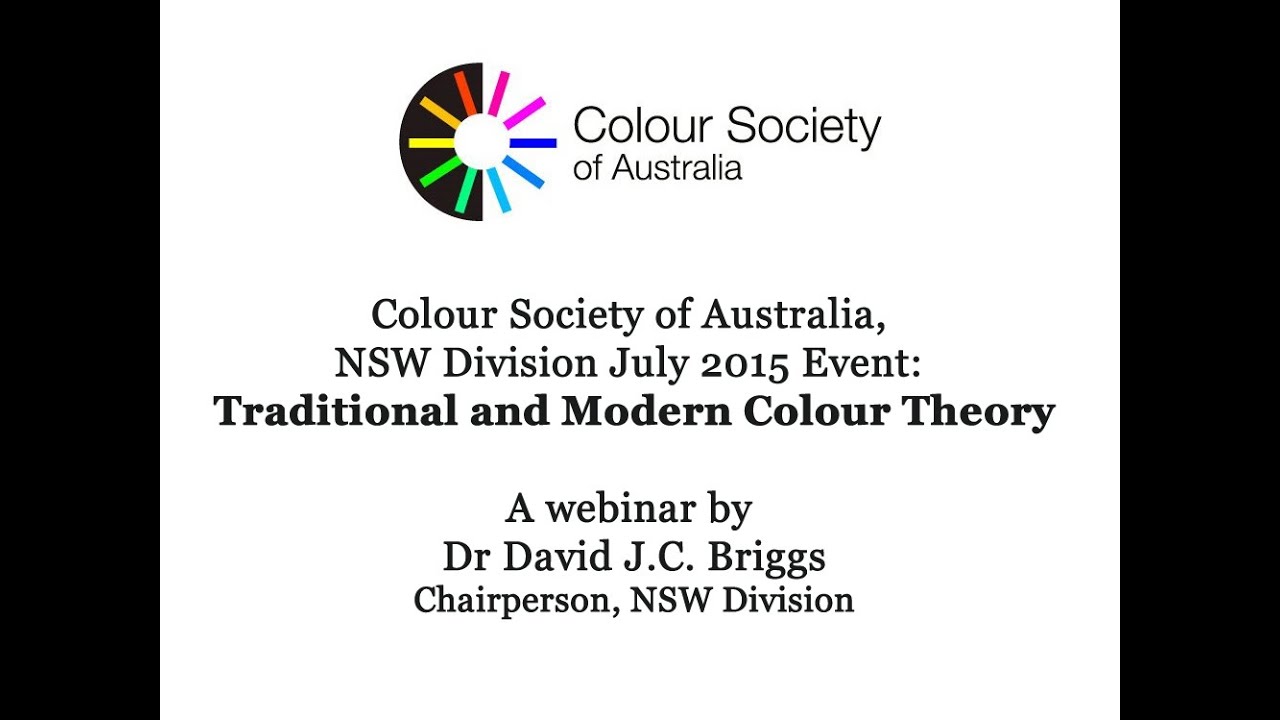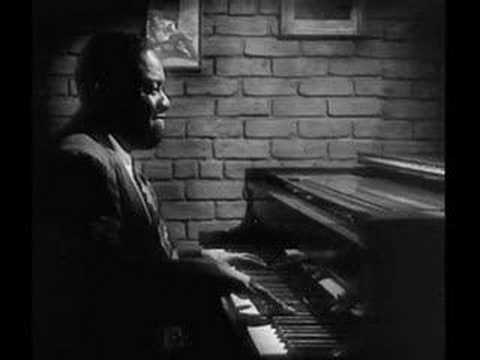A webinar presented by Dr David Briggs for the Colour Society of Australia, NSW Division, on July 15, 2015, based on a two-page prologue newly added to the website The Dimensions of Colour:
http://www.huevaluechroma.com. Please see these pages of the website for citations to the points raised here and links to further discussion.
For more on the Colour Society of Australia and its activities, please see:
https://www.facebook.com/CSA.NSW
http://www.coloursociety.org.au/
Colour training in the arts today is curiously divided between traditional and modern colour theory. Traditional colour theory characteristically begins with the concept of three primary colours identified as red, yellow and blue, and reflects an understanding of colour that prevailed in the early nineteenth century. Modern colour theory in contrast rests on the legacy of the late 19th century revolution instigated by such figures and Helmholtz, Maxwell and Hering, and reflects a profoundly different understanding of the nature of colour. Since the 1960s and 70’s however, traditional colour theory has had a renewed and dominant influence on art education in many educational institutions, even at tertiary level. The webinar will contrast the fundamental nature and conceptual framework of colour in modern and traditional theory, with particular reference to the primary source behind the revival of the latter, “The Art of Color” by Johannes Itten (1961).
Dr David Briggs is the Chairperson of the NSW Division of the Colour Society of Australia. He is a painter and a teacher of drawing and painting, and is the author of an extensive website on modern colour theory, The Dimensions of Colour. He currently teaches at the National Art School, the Julian Ashton Art School and Sydney Grammar School.
https://sites.google.com/site/djcbriggs/classes
djcbriggs
Source




Thank you so much for posting this video! It is a very comprehensible explanation on colour theory. I finally understood why so many books and articles on colour don't seem to make any sense
Thank you very much for this webinar. It made me understand the whole gamut of color that can exist.
Wow. Color theory has come a long way.
Excellent video! Thanks a lot!
gracias!
My fave color theorist ! thanks !